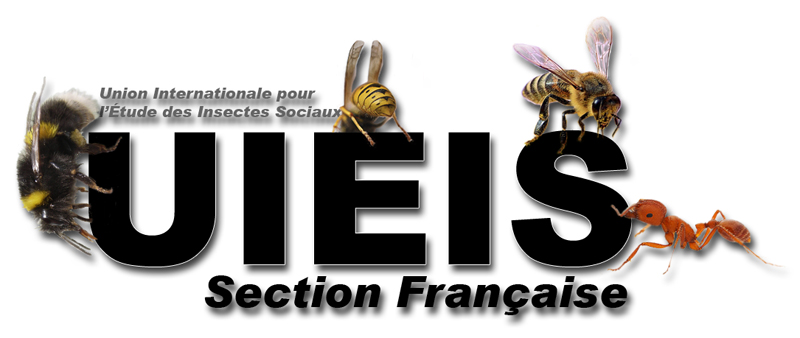
Introduction
Invasive species are among the greatest threats to global biodiversity, playing a key role in the majority of known animal extinctions. In addition to major ecological damage worldwide, biological invasions impose a tremendous cost on society. It is crucial to develop a better understanding of the conditions under which invasive populations are able to establish in a new environment. Statistical models are now widely used to predict suitable climatic conditions for invasive species. However, concerns have been raised that these statistical inferences may go beyond our understanding of species responses to novel environmental conditions not present in their historical range. A potential pitfall of statistical models is that they assume that the climate mapped on grids of several kilometers is representative of the climate experienced by the organism. So far, it is not well known to what extent invasive species select microclimatic conditions, buffering against relatively cold or warm macroclimates. The effects of such habitat selection, especially by small-sized organisms, could be potentially huge. The local temperature in different habitats may differ by several degrees, even exceeding the projected mean temperature rise following global climate change. But so far, macroecological studies have largely ignored this question and assume that habitat selection will be tightly correlated across scales.
The aim is of this PhD project is to test to what extent invasive species can buffer behaviorally against adverse macroclimatic conditions by selecting a favorable microclimate or by shifting their daily activity patterns in time. We will use ants as a model system. Ants which are well suited to test hypotheses about invasions because they are an ecological diverse and species-rich group that is present in almost all terrestrial habitats on all continents except Antarctica. Moreover because of their small size and complex social structure, ants are particularly prominent group of invasive species worldwide, able to displace numerous native species and rapidly disassemble communities. This PhD project will combine marcoecological modeling and field or laboratory experiments.
Your profile
We are looking for a creative and passionate student who is a good team player with excellent communication skills and likes to discuss and exchange ideas. You should have a master degree in ecology, evolution or a related field, knowledge of statistics and R, the ability do design and carry out field and lab-based experiments. Previous experience with social insects is an advantage.
What the position offers you
We offer a nice working place in a multicultural, diversified and dynamic academic environment, collaboration with a young and dynamic scientific team, opportunities for professional training, a lot of activities and other benefits to discover.
Supervision
Cleo Bertelsmeier
cleo.bertelsmeier@unil.ch
Location
Department of Ecology and Evolution (DEE), University of Lausanne, Switzerland.
Our department has a long track record of excellence in research. It comprises 14 professors and 5 young independent group leaders. The DEE hosts an average of 40 postdocs and 50 PhD students. Members of the department regularly publish in top ranking journals. Interaction among the different research groups is a priority, with two weekly seminars and many weekly journal clubs. The DEE expertise is well recognized and this has led previous students, PhD students or postdocs of the DEE to be employed in academic or non-academic positions within Switzerland and outside Switzerland.
Expected starting date
1 February 2019
How to apply
Please send your application letter with a statement of your research interests and qualifications for the position, CV, grades and recommendation letters and contact details of at least two referees, by 10 October at latest by email to
cleo.bertelsmeier@unil.ch
References
Scheffers et al. (2014) Microhabitats in the tropics buffer temperature in a globally coherent manner. Biology Letters.
Bertelsmeier et al. (2017) Recent human history governs global ant invasion dynamics. Nature Ecology & Evolution.
Bertelsmeier et al. (2015) Worldwide ant invasions under climate change. Biodiversity and Conservation.
